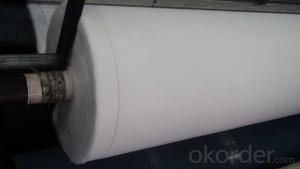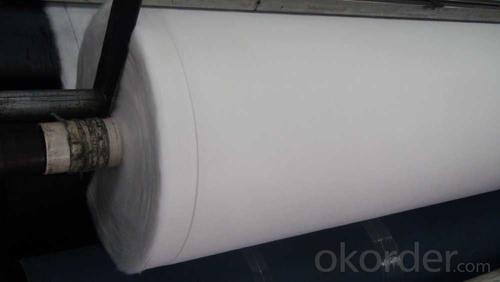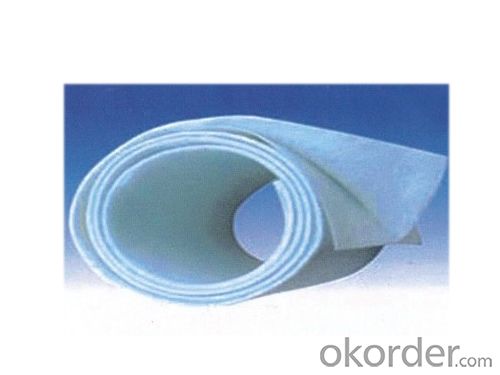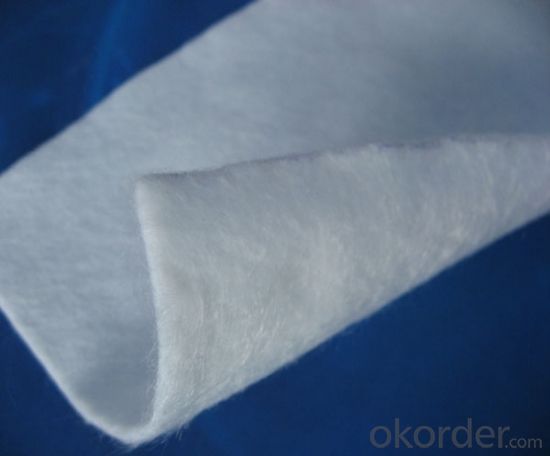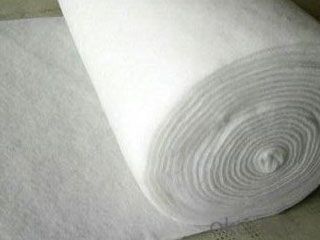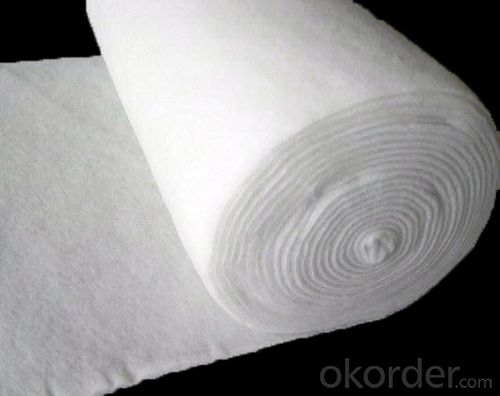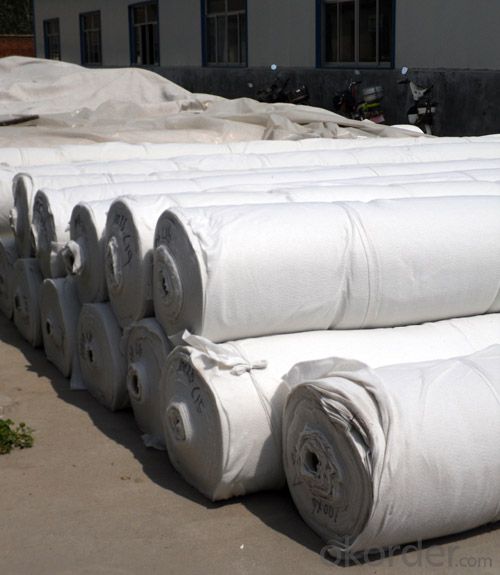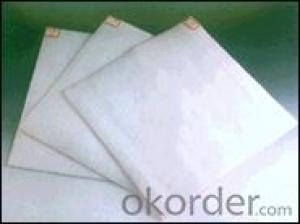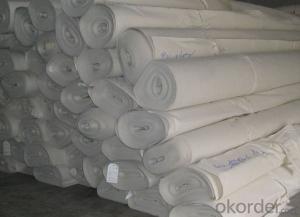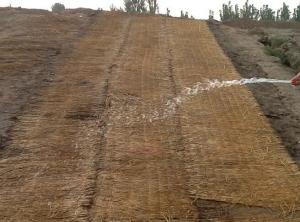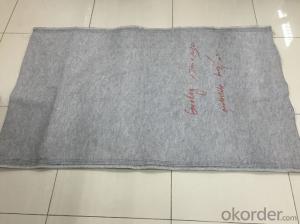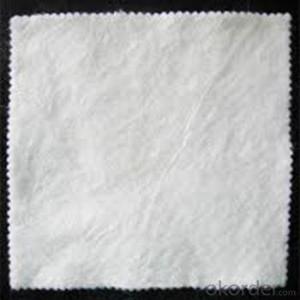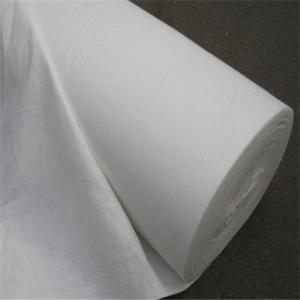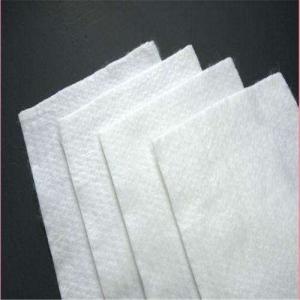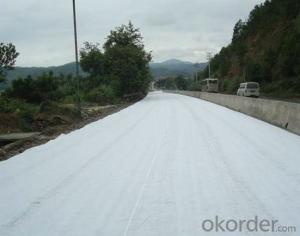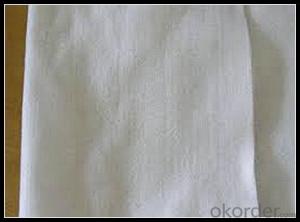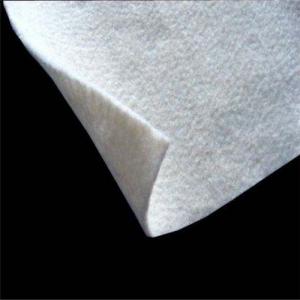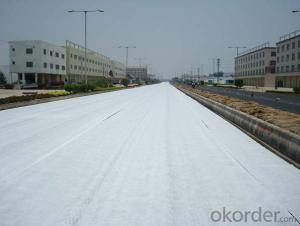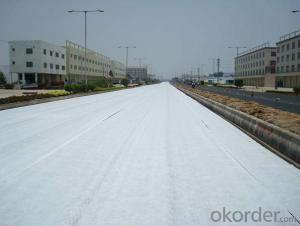Woven Monofilament PP Nonwoven Geotextile for Road Construction
- Loading Port:
- Tianjin
- Payment Terms:
- TT OR LC
- Min Order Qty:
- 10000 m²
- Supply Capability:
- 300000 m²/month
OKorder Service Pledge
OKorder Financial Service
You Might Also Like
Description of PP Nonwoven Geotextile
mainly uses polypropylene(PP),polyethylene(PE) as raw materials. After extruding.It has long term corrosion resistance in the soil and water with different PH;Due to its excellent microbiological degradation resistance. The material is light and soft, so it is convenient to transport and install.
Main Features of PP Nonwoven Geotextile
1) Weight / Mass: 70g/m2-800g/m2 .
2) Width: Within 6 m (0.5m-6m).
3) Length: 50m-200m/roll (as request).
4) Material: PP and PE
5) Color: Black , green,white , grey, others
6) Manufacturing method: extrude, woven.
7) The famous geotextile manufacturer/factory in China for many years . The equipment is introduced from Germany.
9) This geotextile can be made of polypropylene PPor PE,on needle punch machine.
10) The mass is available from 70g/m² to 800g/m² and the width available from 0.5m-6m, monolayer or multilayer (reinforcement geotextiles), long fiber or short fiber.
11) Color: all kinds of color are available. The annual production ability is 10 million square meters.
12) The fabric can also be heat treated by infrared at customer's requirements. Our geotextile are UV stabilized to give protection against aging under exposure to natural ultra-violet light.
Specifications of PP Nonwoven Geotextile
1.width:1m~8m, length: at your request
2.Color: white, black, grey.
100 | 150 | 200 | 250 | 300 | 350 | 400 | 450 | 500 | 600 | 800 | NOTE | |
BASIS WEIGHT TOLERANCE (%) | -8 | -8 | -8 | -8 | -7 | -7 | -7 | -7 | -6 | -6 | -6 | |
THICKNESS ≥MM | 0.9 | 1.3 | 1.7 | 2.1 | 2.4 | 2.7 | 3.0 | 3.3 | 3.6 | 4.1 | 5.0 | |
TENSILE STRENGTH AT BREAKING ≥KN/m | 10 | 25 | 30 | 40 | 60 | 80 | 100 | 120 | 140 | 160 | 200 | |
CBR PLUNGER STRENGTH ≥KN | 0.3 | 0.6 | 0.9 | 1.2 | 1.5 | 1.8 | 2.1 | 2.4 | 2.7 | 3.2 | 4.0 | |
TEARING STRENGTH ≥KN | 0.08 | 0.12 | 0.16 | 0.20 | 0.24 | 0.28 | 0.33 | 0.38 | 0.42 | 0.46 | 0.60 | |
BREADTH TOLERANCE (%) | -0.5 | |||||||||||
ELONGATION AT BREAKING (%) | 15 -100 | MD&CD | ||||||||||
EOS O90mm | 0.03-0.8 | |||||||||||
VERTICAL PERMEABILITY (CM/S) | K×(101~~103) | K=1.0-9.9 | ||||||||||
Applications of PP Nonwoven Geotextile
1) Filtration
The filtration layer of the dykes, river canal, seacoast, concrete slope, retaining walls. At the same time of preventing the clay granule from passing, it allows the water and the gas pass through freely.
2) Separation:
The isolation of the railway dregs and the roadbed, roadbed and the soft base, surface of the airdrome and parking lot and the groundsill, different dam materials. It isolates the soil and the gravel of two kinds different granule pathway from the groundsill or other buildings.
3 )Adding muscle:
The highway, railway, soil-stone dam, breakwater, airport, backfill soil of retaining wall, slope protection, etc in which distributes the earth stress, prevents the side-displacement of the earth body and improves the earth body stability.
4 )Protection
It prevents the bank from being washed out, protects the bank and the bottom, prevents the water and soil from being washed away.
Images of PP Nonwoven Geotextile
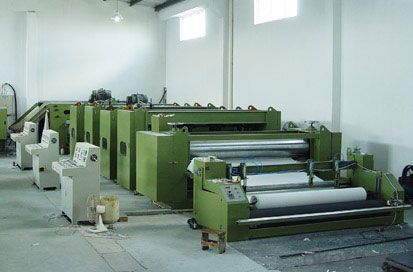
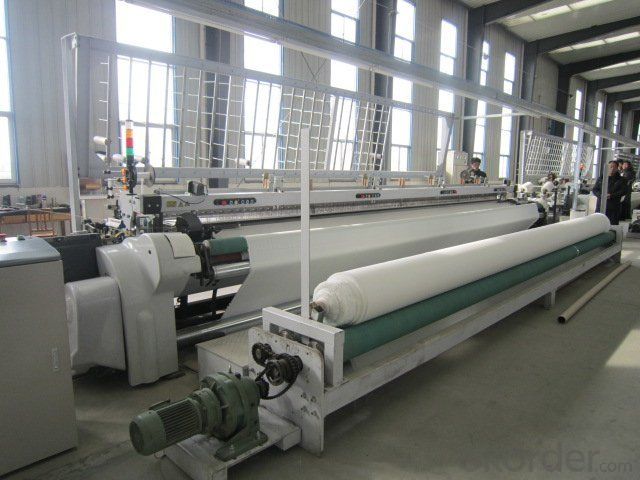
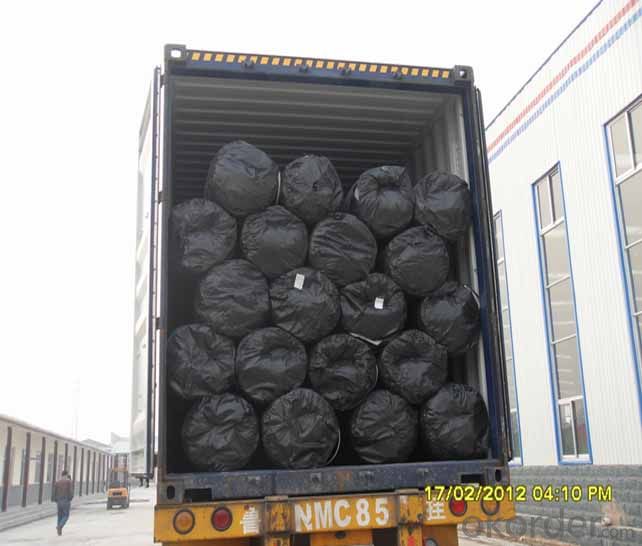
RFQ
1. Do you supply free samples for customers?
Yes,we will supply free samples for you.Please send your address for us.
2. How Many years experience do you have?
We have been exported to more than 20 countries in the past 15 years.
3. How long do we usually reply your request?
We always reply our customer within 24 hours.
- Q: Where is the non-woven geotextile in the tunnel?
- Second lining the construction of the use of civil engineering materials to answer manufacturers
- Q: How do geotextiles prevent soil erosion?
- Geotextiles prevent soil erosion by acting as a barrier that stabilizes the soil and enhances its strength. They are installed in the soil to prevent the movement of soil particles caused by water or wind. The geotextiles allow water to pass through while retaining the soil, thus reducing the velocity of water flow and preventing soil erosion.
- Q: Can geotextiles be used in coastal dune stabilization projects?
- Yes, geotextiles can be used in coastal dune stabilization projects. Geotextiles are commonly used in such projects to create barriers that help prevent erosion, promote vegetation growth, and provide stabilization to the dune system. They can effectively control sand movement, prevent sand loss, and enhance the stability and resilience of coastal dunes.
- Q: How do geotextiles help in preventing differential settlement?
- Geotextiles help in preventing differential settlement by providing a stable base for the soil beneath structures. They distribute the load more evenly, reducing any differential movement that can cause settlement.
- Q: Build drainage board + geotextile what specifications are required
- General garden greening, roof garden, underground garage roof above the use of the drainage board for the square, each block between the drainage board can be deducted from each other, the length and breadth of 500mm * 500mm, the thickness is divided into 20mm, 25mm, 30mm three, Different thickness of the drainage board price is different. There is also a three-dimensional drainage board, is also often used for landscaping, roof garden, underground garage roof, this three-dimensional drainage board has a good water storage, drainage, waterproof function. Dimensional length of the drainage board is generally 2000mm * mm (2m * 15m), the thickness of the plate is generally divided into 0.8mm, 1.0mm, 1.5mm three, the same thickness of the plate can also do different height of the bulging, The general height of the bubble 10mm, 20mm two. Various specifications of the three-dimensional drainage board prices are not the same. No matter what kind of drainage board are required to use geotextile to use, generally with the geotextile length of 6000mm * mm, 2000mm * mm, geotextile specifications for the 150g / ㎡ and 200g / ㎡ of the majority.
- Q: How do geotextiles help in preventing the loss of aggregate in unpaved roads?
- Geotextiles help in preventing the loss of aggregate in unpaved roads by acting as a barrier between the road surface and the underlying soil. They provide a stable and durable layer that prevents the aggregate from being displaced or eroded by the forces of traffic, water, and wind. This helps to maintain the integrity of the road and reduce maintenance costs.
- Q: How do geotextiles contribute to pavement design?
- Geotextiles contribute to pavement design by providing reinforcement, separation, filtration, and drainage functions. These synthetic materials enhance the strength and stability of the pavement by distributing loads, preventing the mixing of different layers, filtering out fine particles, and improving water drainage. Geotextiles help in reducing pavement failures, extending its lifespan, and improving overall performance and durability.
- Q: Basically I'm thinking of doing a thesis defense on this topic and I want to know if it is any good.
- Any bio-degradable material is not a better substitute for a geotextile material in long run Materials from polymer family may suit better, like Polyamide Polypropylene Polyethylene My answer refers to about having the ability to separate, filter, reinforce, protect, or drain If your purpose of using geotextile material regarding Beach Erosion, Riverbank Erosion, then coconut fibers is a better option
- Q: What are the key factors affecting the tensile strength of geotextiles?
- The key factors affecting the tensile strength of geotextiles include the type and quality of the materials used, the manufacturing process, the thickness and weight of the geotextile, the orientation and arrangement of the fibers, as well as environmental factors such as exposure to sunlight, moisture, and temperature.
- Q: What are the different types of geotextiles?
- There are several types of geotextiles, including woven geotextiles, non-woven geotextiles, and knitted geotextiles. Each type has its own unique properties and characteristics that make them suitable for various applications in civil engineering, construction, and environmental projects.
Send your message to us
Woven Monofilament PP Nonwoven Geotextile for Road Construction
- Loading Port:
- Tianjin
- Payment Terms:
- TT OR LC
- Min Order Qty:
- 10000 m²
- Supply Capability:
- 300000 m²/month
OKorder Service Pledge
OKorder Financial Service
Similar products
Hot products
Hot Searches
Related keywords
